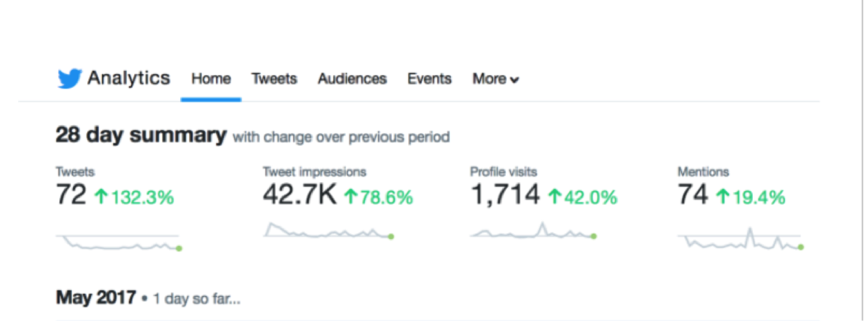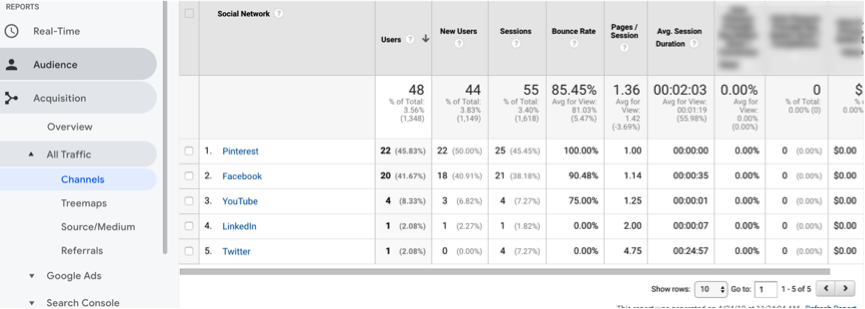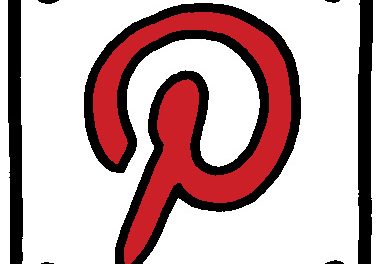How many people do you follow on Twitter?
Even if you don’t follow many pages, you’re still probably never going to read every tweet that appears in your feed.
Like millions of other Twitter users, you probably dip in and out of your feed and pick up pieces of content that match your mood or catch your eye.
In fact, I read somewhere that less than 6% of the people who follow you on Twitter can see your tweets on their feed…
Which is why we optimize to get maximum impact from every tweet.
The First Steps To Optimizing Twitter
Without using any software, we can dive into Twitter to get an idea of what tweets are resonating with our followers, including segments of our followers like Twitter lists, and what type of content is working best.
We can, of course, scroll down the home feed, but I like to start at “Notifications.” That way, you see who is interacting with content – images, video – and how influential those people are.
When analyzing your followers, see if can you spot a theme in the content they are interested in? Or do you get good traction when posting a topical subject?
Optimization then starts with spotting patterns.
Optimization also means we can offer our followers more of what they both want and engage with.
What you are trying to do at every stage is optimize the impact you have with every Tweet.
An optimized tweet might be one that contains an image, includes 200 words, and links to an article that expands on the subject. (For bonus points, if your article also contains a YouTube video, then you’re exposing people to more of your touch points, which is always a good thing.)
It’s also possible to find out more about your followers by looking at who your followers’ followers are.
How engaged are your followers, what type of content do they post…
Do they post content like ‘wow, look at this cool thing,’ or do they post content from a place of authority. And sure, go ahead and like their tweets and leave a comment.
It makes sense to analyze your own Tweets. Then you can figure out what’s working with the type of content that gets your followers engaged.
Are you always telling your followers something? Are you asking them something? Or are you acting like a normal human being by sharing some cool info, asking a question, getting involved in something topical that matters to you, or promoting your content.
Twitter Analytics

The following data can tell you more about the content your followers respond to.
- Most popular Tweet
- Who is following me that has the most followers
- Top Mention (someone else mentioning me in a Tweet)
- Top Media Tweets
Knowing this information means you can curate more personalized content. It also shows you whether or not your content is edging onto the radar of influential people.
Of course, analytics go much deeper than this, but if you want to grow your account, then do not underestimate the power of knowing what’s happening and what content connects with your audience.
The next area to optimize is time. What time of the day are your followers most engaged…
Well, it is possible to do this manually, but even the most basic of social software offers to send out tweets at an optimized time. I’m talking about services like Hootsuite.
It’s possible to get basic information for time optimization using Tweriod.
Of course, if your using a hashtag strategy, then you can post anytime if that hashtag is trending around the globe.
Hashtags are whole subject of their own. For basic optimization, think about what hashtags have stood the test of time. (There is a deeper look at hashtags from Hubspot at the bottom of this article. When you read that article, think about how you can use some of these popular hashtags to get maximum impact on your tweets.)
To finish with analytics, you also must make sure you know how much traffic is being driven to your landing page from Twitter.
You access this information in Google Analytics by going Acquisition – Overview – Social

If you’re not seeing the traffic numbers your account deserves, then go ahead and optimize your account using the ideas in this article.




